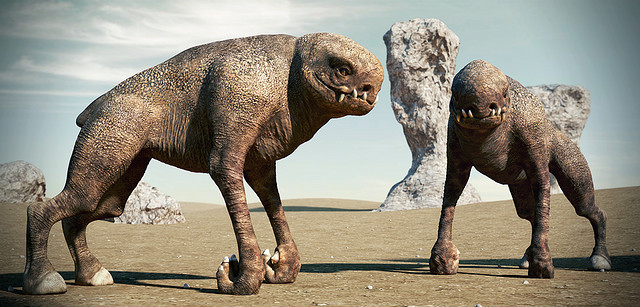rotoscoping&3d sculpting
Rotoscoping
It’s when you take the footage of something, and frame-by-frame, you either draw things in or trace it (with onion skinning) and make the animation in—it’s more known to be the tracing technique, though. Still. One can still add special effects from rotoscoping. This makes easier to study the human body movements and make animation more smooth and natural.
There are some programs (such as Rotoshop) have been developed to make rotoscoping easier. This program was developed for the movie “A Scanner Darkly”. This movie was completely rotoscoped—it took 15 mouths to rotoscope, even with the aid of the program (making it so you only had to draw over one frame and it would make the next few ones that were similar) Though, this movie’s insistence on rotoscoping it did make them go over their budget, it was still finished (though a year late). This shows that Rotoscoping is a long (not to mention tedious) process.
Rotoscoping was created around 1915 for Max Fleischer’s series “Out of the Inkwell”.
3D sculpting
This lets you manipulate digital objects and pushing, pulling, smoothing, pinching, ect with programs—it’s much like using clay in real life. It’s like making 3d models of objects, people, and scenery with clay—but digitally. You can then move and animate them, if you have the programs to.
There are many programs that can be used to sculpt 3d things. One is 3ds max. This lets you make skeletons and skinning and adding clothing to characters. Like, most, I would presume. Other name of a project is Autodesk Maya. Sculptris, and autodesk softimage. Now a days, more and more animated movies are using 3d modeling—spider-man, The Lord Of The Rings: The Fellow of the Ring, Terminator3: Rise of the machines, and many more. These ones in particular used Maya software

https://www.frankwu.com/Guidolon5.html
https://en.wikipedia.org/wiki/Digital_sculpting
https://en.wikipedia.org/wiki/Rotoscoping
https://www.youtube.com/watch?v=8i9bEL4_f9I
https://www.youtube.com/watch?v=T5h2lzeOWjI
